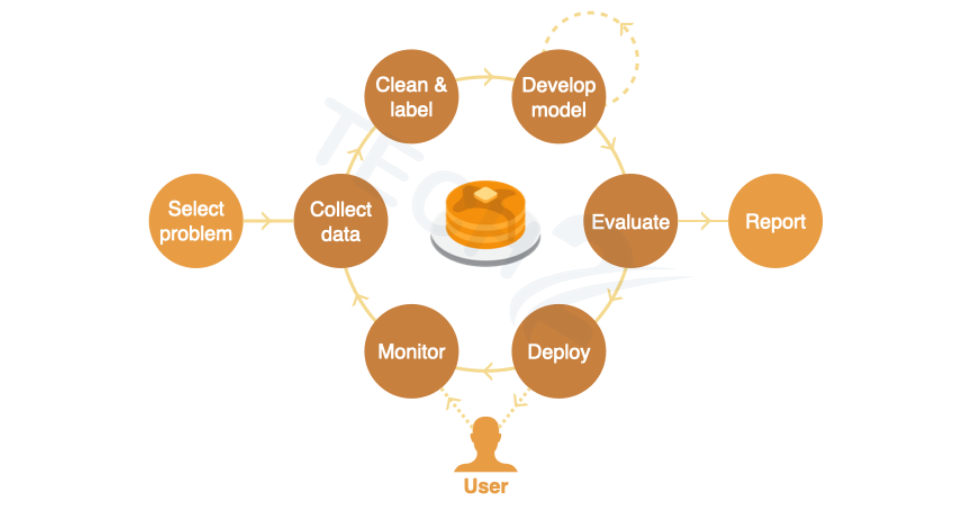
In the realm of artificial intelligence (AI), the integration of deep learning techniques with full-stack development principles has given rise to a powerful and versatile approach known as “FullStack Deep Learning.“
Understanding FullStack Deep Learning:
At its core, FullStack Deep Learning involves seamlessly merging two distinct but interconnected domains: deep learning and full-stack development. Deep learning forms the foundation of modern AI, leveraging neural networks to analyze and process complex data patterns. On the other hand, full-stack development encompasses the complete lifecycle of application development, from frontend user interfaces to backend databases and servers.
Key Components of FullStack Deep Learning:
- Neural Networks and Model Architectures: FullStack Deep Learning requires a solid understanding of various neural network architectures, such as convolutional neural networks (CNNs) for image analysis and recurrent neural networks (RNNs) for sequential data. These models serve as the basis for AI-powered functionalities.
- Data Preprocessing and Augmentation: Data is the backbone of any AI application. FullStack Deep Learning emphasizes data preprocessing techniques, including data cleaning, normalization, and augmentation, to ensure high-quality inputs for training.
- Model Training and Optimization: Training deep learning models involves feeding them with data to learn patterns and make predictions. It’s crucial to optimize hyperparameters and utilize techniques like transfer learning to achieve accurate results efficiently.
- Backend Development and APIs: In FullStack Deep Learning, the developed models need to be seamlessly integrated into backend systems. This involves creating APIs (Application Programming Interfaces) that allow communication between frontend interfaces and backend AI models.
- Frontend Interfaces and User Experience: The frontend components of FullStack Deep Learning applications provide the user interface through which users interact with AI functionalities. Developing intuitive and user-friendly interfaces is essential for a positive user experience.
- Deployment and Scaling: Successful FullStack Deep Learning projects require deploying models to production environments. This involves considerations for scalability, reliability, and maintaining model performance over time.
Applications of FullStack Deep Learning:
The applications of FullStack Deep Learning are vast and varied:
- Healthcare: Developing AI-powered medical diagnosis tools that analyze medical images, detect diseases, and assist in treatment planning.
- E-Commerce: Creating recommendation systems that suggest products based on user preferences and purchase history.
- Finance: Building fraud detection systems that analyze transaction data to identify suspicious activities and prevent financial fraud.
- Natural Language Processing: Developing chatbots and language translation services that understand and generate human-like text.
- Autonomous Vehicles: Creating AI systems for self-driving cars that perceive their surroundings and make real-time driving decisions.

Conclusion
FullStack Deep Learning represents a fusion of AI’s predictive capabilities with the practicality of software engineering. By understanding and mastering the key components of this approach, developers can craft sophisticated and impactful AI-powered applications that cater to diverse industries and domains. As technology continues to advance, FullStack Deep Learning holds the potential to reshape the future of AI-driven innovation.
